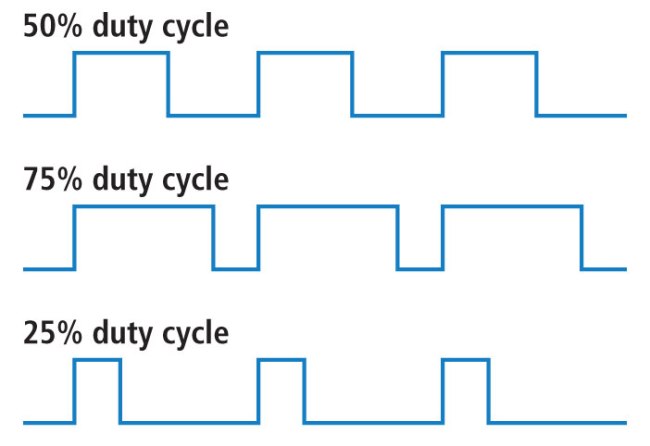stanleystan
Banned

To measure the duty cycle of a Complementary Amplifier that has two outputs Test points
Push Pull Duty cycle test:
Oscope channel#1 is on the High Logic State , amplifier channel#1
Oscope channel#2 is on the low logic state , amplifier channel#2
Use the Subtract function on the Oscope
This will give you the push pull duty cycle?
Most logic signals don't have two outputs or separate channels or output for the high logic state and the low logic state.
Non-Complementary logic signals:
How can this duty cycle test be done by using Oscope channel#1 for only the high logic state and Oscope channel#2 for the low logic state?
Push Pull Duty cycle test:
Oscope channel#1 is on the High Logic State , amplifier channel#1
Oscope channel#2 is on the low logic state , amplifier channel#2
Use the Subtract function on the Oscope
This will give you the push pull duty cycle?
Most logic signals don't have two outputs or separate channels or output for the high logic state and the low logic state.
Non-Complementary logic signals:
How can this duty cycle test be done by using Oscope channel#1 for only the high logic state and Oscope channel#2 for the low logic state?




